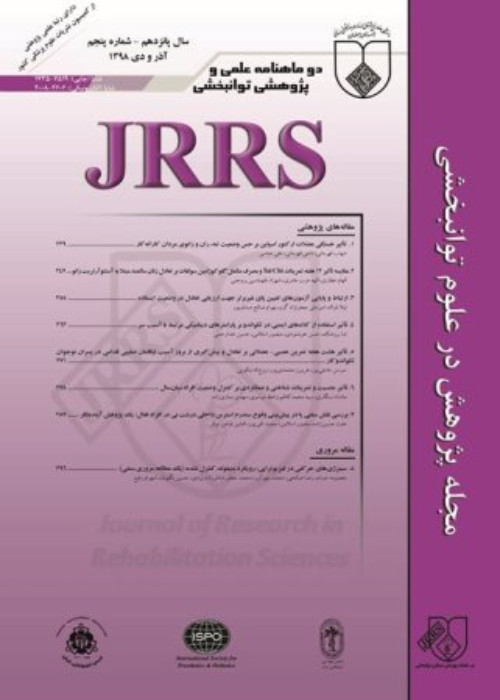The effects of pronated foot posture and medial heel and sole wedge
Abstract:
Introduction
Aging has been associated with increasing foot pronation and changes in foot mobility which may influence standing balance. Orthotic interventions change foot posture and load distribution under the foot and therefore may have important effects on balance in older people. To investigate whether a pronated foot posture is associated with poorer standing balance in older people and whether medial heel and sole wedge orthoses affect their standing balance.Materials And Methods
Nine healthy older people with a pronated foot posture (age 67.1± 5.7 years) and Fourteen healthy elderly with normal foot posture (age 67.1± 6.4 years) were recruited.The Foot Posture Index was used to determine the pronated (FPI 7.5 ± 0.7) and normal (FPI 3.8 ± 1.5) foot posture. Static balance in double limb stance was assessed using Kistler force plate measures during four random shod conditions:1) 5° medial heel and sole wedge; 2) 8° medial heel and sole wedge; 3) 5°flat EVA base insole; 5) 8°flat EVA base insole. Each of the four cases was completed with eyes open (three trials) and eyes closed (three trials). The center-of-pressure (COP) mean excursion, total path length of COP, mean velocity of COP and area of 95% confidence ellipse were derived as measures of standing balance.Results
Participants with a pronated foot type demonstrated higher total and mean velocity excursion data in AP and ML directions, and larger ellipse, during normal standing, but this did not reach statistical significance (P>0.05). There were no statistically significant effects from the four orthoses designs in the pronated nor the normal foot types (P<0.05). Main effects for eye conditions were significant for center-of-pressure excursion and mean velocity in medial-lateral directions (P <0.001) also for total excursion and mean distance in anterior-posterior direction. Also there were no significant differences in interaction of all conditions (foot posture × eye condition × orthoses) (P<0.05).Conclusion
A trend towards less stable balance was observed in pronated foot type but this was not significant. Use of orthoses had no effect on balance parameters including negating the effects of eyes closed. Orthoses showed no negative effects on standing balance and therefore do not pose a threat to balance (e.g. if they are used for another purpose).Keywords:
Language:
Persian
Published:
Journal of Research in Rehabilitation Sciences, Volume:9 Issue: 6, 2014
Page:
939
magiran.com/p1245039
دانلود و مطالعه متن این مقاله با یکی از روشهای زیر امکان پذیر است:
اشتراک شخصی
با عضویت و پرداخت آنلاین حق اشتراک یکساله به مبلغ 1,390,000ريال میتوانید 70 عنوان مطلب دانلود کنید!
اشتراک سازمانی
به کتابخانه دانشگاه یا محل کار خود پیشنهاد کنید تا اشتراک سازمانی این پایگاه را برای دسترسی نامحدود همه کاربران به متن مطالب تهیه نمایند!
توجه!
- حق عضویت دریافتی صرف حمایت از نشریات عضو و نگهداری، تکمیل و توسعه مگیران میشود.
- پرداخت حق اشتراک و دانلود مقالات اجازه بازنشر آن در سایر رسانههای چاپی و دیجیتال را به کاربر نمیدهد.
In order to view content subscription is required
Personal subscription
Subscribe magiran.com for 70 € euros via PayPal and download 70 articles during a year.
Organization subscription
Please contact us to subscribe your university or library for unlimited access!


